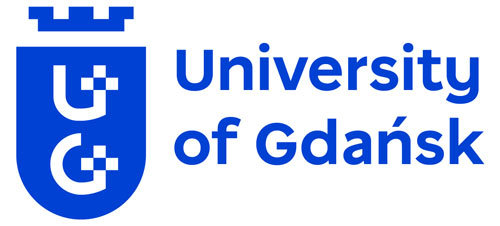The 1st Nanobody Symposium was held in Bonn, Germany and had more than 200 scientist and exhibitors in attendance. The 2-day symposium began with a welcome session by the organisers; current rising star in nanobodies Dr Florian Schmidt and the manager of the Core Facility of Nanobodies at the University of Bonn, Paul-Albert König. The first talk was presented by Prof. Serge Muyldermans, one of the founding scientist responsible for the development of camelid antibodies and a pioneer in the field of their derivatives, nanobodies. His talk took us through how his lab first discovered, validated and used Camelid antibodies and nanobodies. Prof. Muyldermans also discussed a number of collaborations over a variety of fields that demonstrated the rapidly expanding range of uses for nanobodies . His anecdotes were informative, engaging and highlighted the growing pains of this emerging class of proteins. After the opening talk, the sessions were divided into 5 sections focussed on different aspects of nanobody biology; 1st focused on the diagnostic and therapeutic uses of nanobodies in the clinic, 2nd on the technology of generating and developing nanobodies with target specific applications, 3rd on the use of nanobodies in structural biology, 4th on nanobodies in imaging and finally the last session on using nanobodies as tools in cell biology research.
As well as industry experts in nanobodies such as Prof Hidde Ploegh -one of the plenary speakers at the conference- and Prof Ulrich Rothbauer. There were several young scientists who really made an impression including final year PhD students Helen Farrants and Ruiyao Cai who showed really interesting and original results in the field of cell biology and whole-body imaging respectively. They showed how nanobodies can be controlled using small molecules intracellularly and that they can be used in whole body imaging of the vascular and neuronal network of rats. A number of talks provided a more technical look at both nanobody generation and structural biology applications, Markus Seeger and Jan Steyaert were the high points in this section. These talks provided me with a lot of technical points to consider in my own project and should contribute to helping me navigate the challenges associated with the laboratory based part of my project. Following all the talks a question and answer session was held. As well as taking part in asking questions I found the types of questions asked and the answers clarified and underlined the quality of the work of the presenters as well as showing potential faults/issues. The talks also had socio-political aspects with debates about free access to materials, methods, the generation of databases and intellectual property proved popular topics throughout the symposium and were carried forward into the workshops and breaks.
The Symposium included workshops on both days. I attended the Nanobodies as Tools and the nanobody libraries workshop. The set up for both was a Q&A/ discussion chaired by industry experts. The attendance included experienced post docs and like me, students new to the field. From the workshops, practical lab and data based tips for generating, handling and developing nanobodies were exchanged and have really changed the methods I have used for some of the experimental work.
At the Symposium, I was one of over 60 people to present a poster. With viewing session held throughout the symposium, I was able to both engage with other attendees and discuss their work and also present my research to the wider audience. The interest at my poster was very encouraging and provided a positive experience at an international conference on both an academic and social side.
Overall, the symposium was a great source of new scientific information from both a practical and knowledge perspectives and has helped shape my research plan and the methodologies I will use. Attending this International symposium certainly provided me with the opportunity to build a new scientific research network for my future career. I am grateful to t he James Rennie Bequest, ICCVS and FNP for providing me with funds to attend this symposium.
Tsabieh Bilal




